Who will take power in Nepal amidst arson and anarchy?
Kathmandu: The protest against the ban on social media in Nepal has now taken a violent turn. The President and Prime Minister of Nepal have resigned from their respective posts. The houses of many leaders and former Prime Ministers have been set on fire. Incidents of arson have also taken place in important places like Parliament, Supreme Court, Rashtrapati Bhavan and residences of MPs. It is being said that after resigning from the post of PM, KP Sharma Oli has fled the country. In such a situation, the question arises that in whose hands will the power of Nepal go now.
Who will be the next Prime Minister of Nepal
At present, there is a round of speculation about who will be the next PM of Nepal. After the resignation of KP Sharma Oli, the names of many leaders are coming to the fore, who can get the responsibility of the post of Prime Minister. At the top of these is the name of Balendra Shah, the demand to make him the Prime Minister has intensified.
Army statement
Even after the resignation of the PM and President of Nepal, the situation in the country has become chaotic. The Nepal Army on Tuesday urged protesters to remain calm and maintain national unity and vowed to protect the country's independence, sovereignty and territorial integrity. "We are analysing the latest developments in the Gen Z movement. The Army is always committed to the interests and security of the Nepali people and keeping in mind the latest developments, we express our commitment to protect the lives and property of the people," the Nepal Army said in a statement.
It requested "all the youth and the entire countrymen to remain calm and maintain social harmony and national unity so that the current situation does not worsen further. The statement further said, "In this critical situation, it is the duty of all Nepalese to preserve and protect the historical, cultural, archaeological and national assets of the country.
Will Nepal now be in the possession of the Army?
Let us tell you that under Article 267 in the Constitution of Nepal, the deployment of the army can happen in two ways. First of which, under Sub-Article 4, the army can be deployed for development work, disaster management or other federal legal work. Secondly, under sub-article 6, the army can be deployed in case of war, external aggression, armed rebellion or serious economic disruption based on the recommendation of the President, National Security Council and decision of the Cabinet.
According to the Constitution of Nepal, the President is also nominated as the Supreme Commander of the Nepal Army. Leaders argue that given the current unrest and threat to public safety, the deployment of the army under Article 267 (4) or 267 (6) is constitutionally justified.


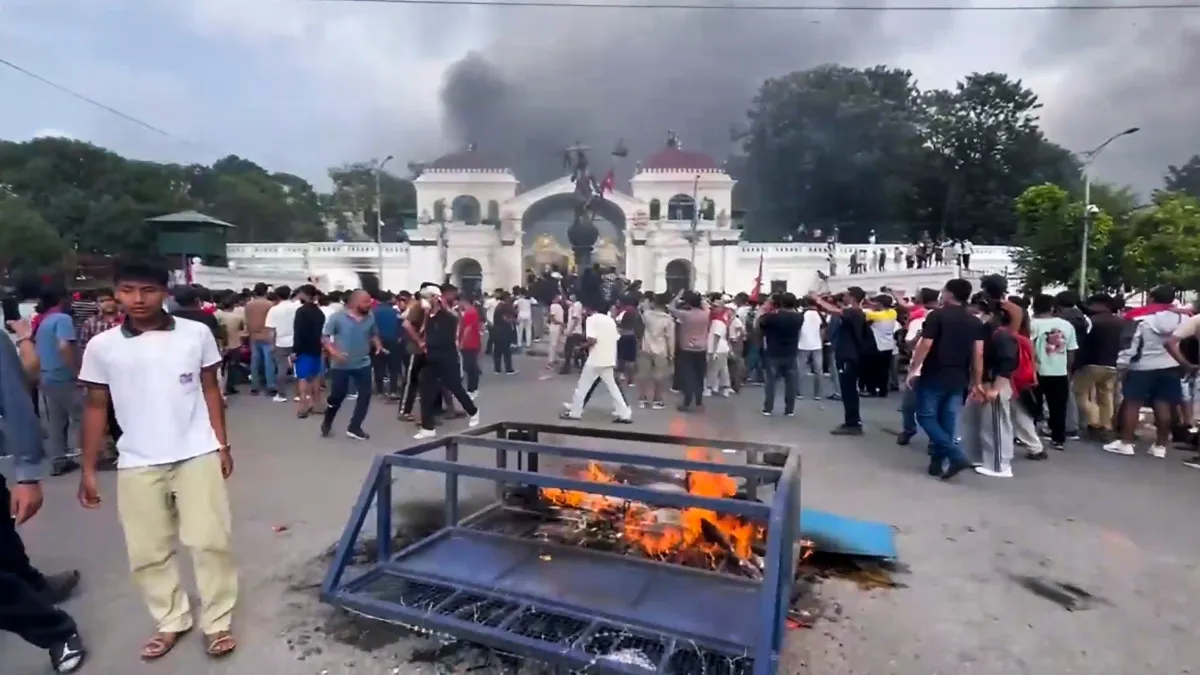


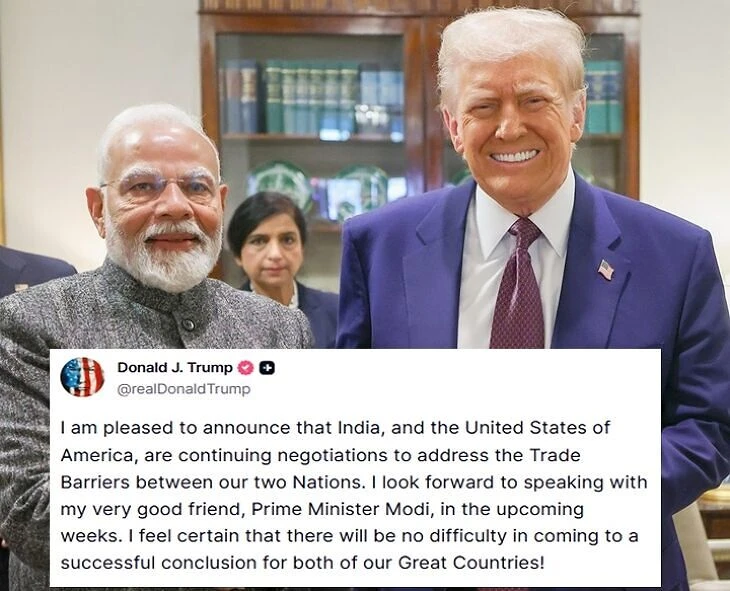


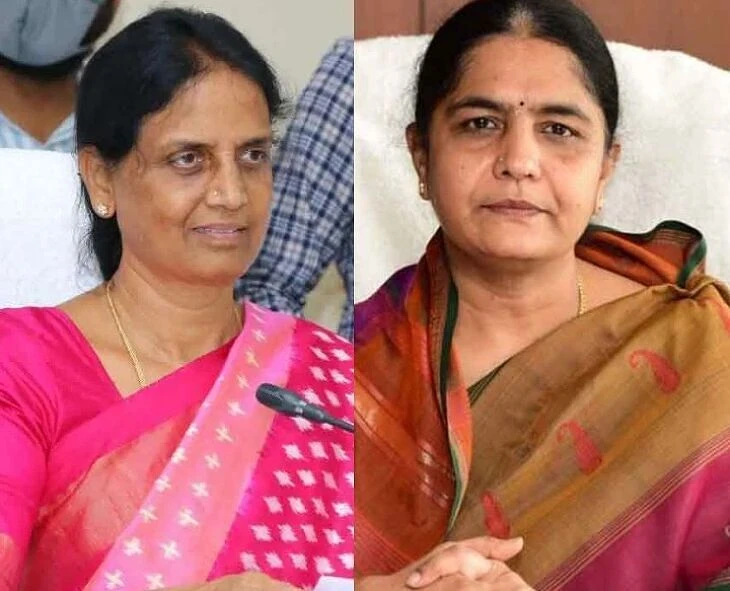

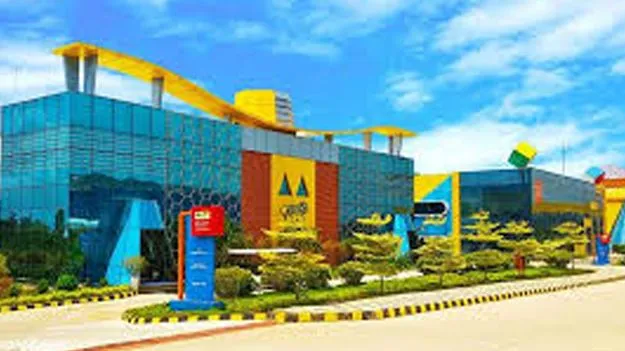
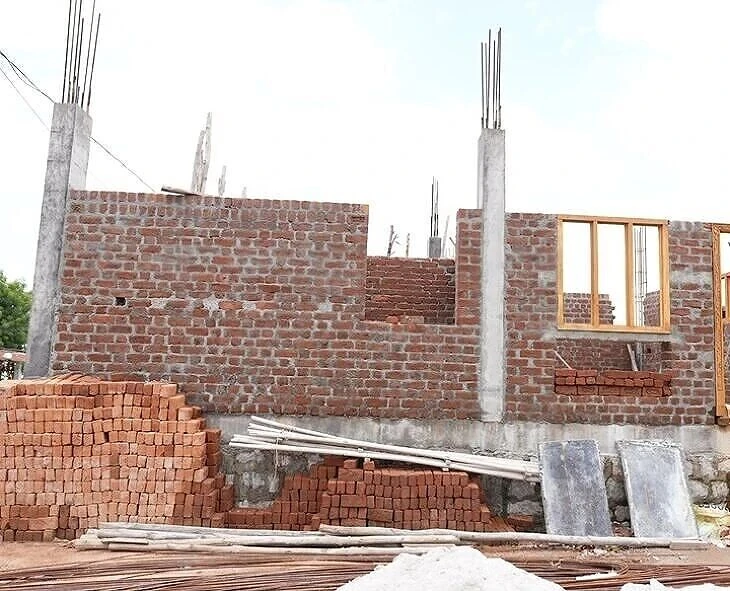
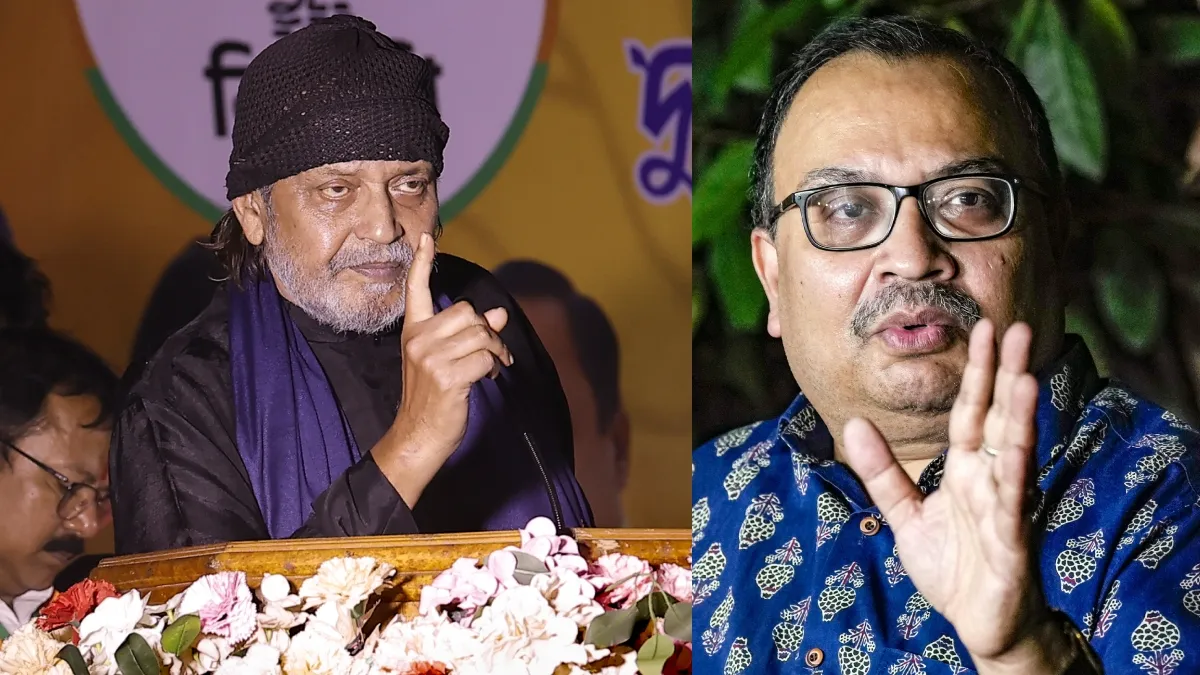
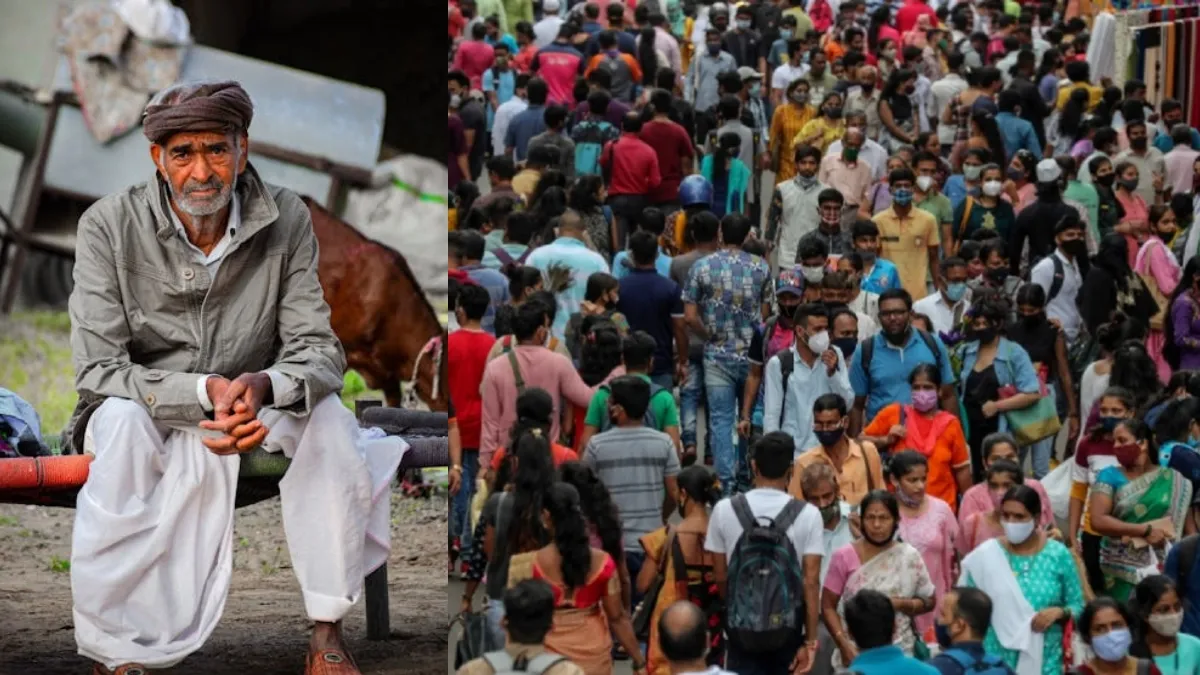


Comments